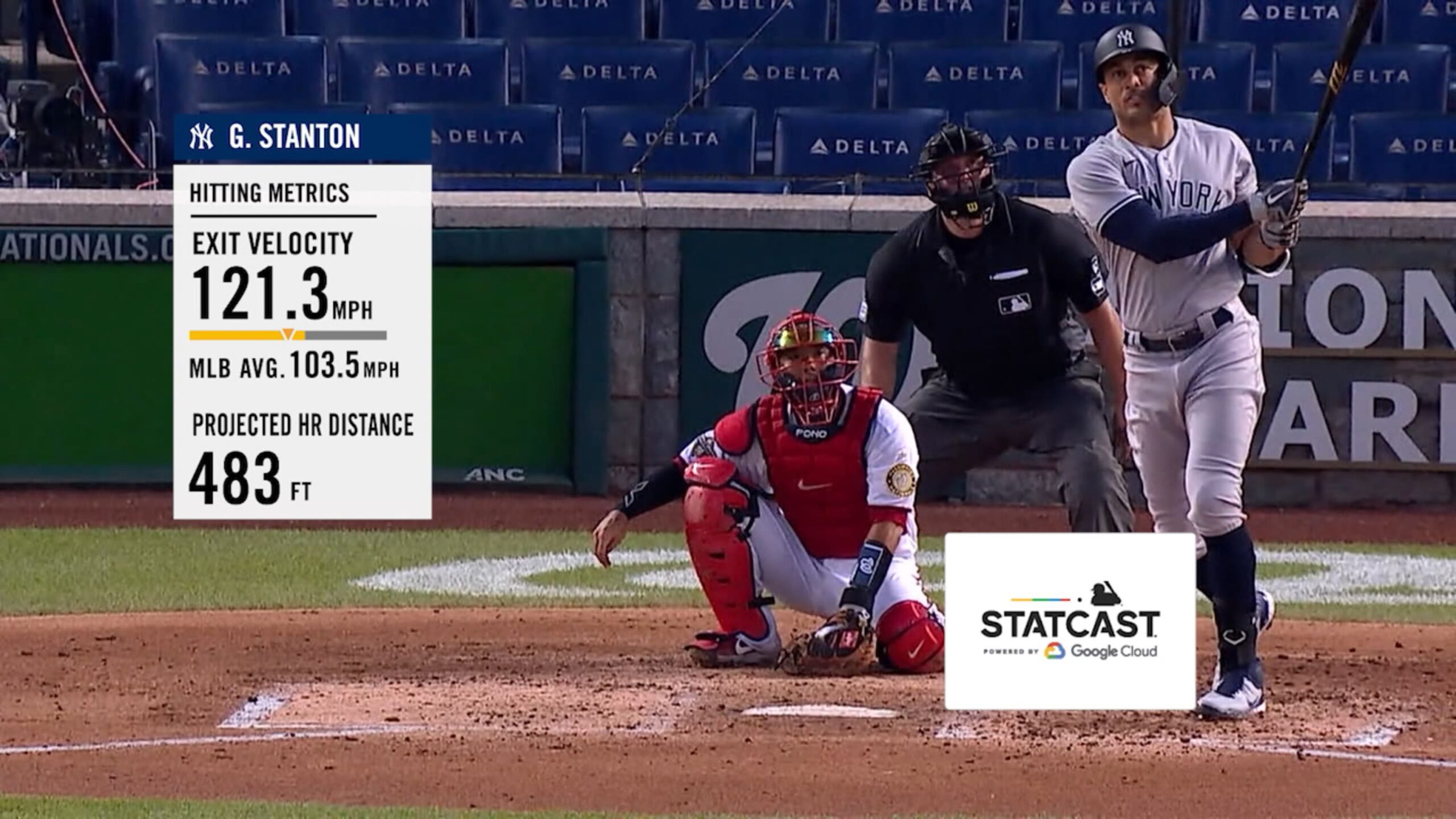November 11, 2023
We have more data than ever before available right at our fingertips. It can be hard to understand which data is most important and why. While traditional metrics like batting average and home runs have long been used to gauge a hitter’s ability, a new metric has emerged in recent years that provides deeper insights into a hitter’s skill: exit velocity. In this article, we will explore why exit velocity matters in baseball and how it has become a crucial factor in evaluating a hitter’s power and overall performance.
What is exit velocity?
Exit velocity refers to the speed at which the ball leaves the bat after contact. It is measured in miles per hour (MPH) and provides a quantifiable measure of a hitter’s raw power. The higher the exit velocity, the faster the ball leaves the bat.
Impact on Batting Average
Exit velocity has a direct correlation with a player’s batting average. A harder-hit ball travels faster, giving fielders less time to react and increasing the chance of a hit. In the 2020 MLB season, players with an average exit velocity above 95 mph had a collective batting average of .442. Conversely, hitters with an average exit velocity below 85 mph had a collective batting average of .209. For reference, the average exit velocity in the MLB is 89 MPH. These figures demonstrate the significant impact that exit velocity can have on a player’s ability to get a knock.
Top 10 average exit velocities in 2023
Power Potential
One of the most exciting aspects of exit velocity is its strong correlation with home runs. It’s no secret that hitting the ball harder significantly increases the chances of hitting a home run. According to MLB’s Statcast data, home runs typically come off the bat at exit velocities above a certain threshold. Players with consistently high exit velocities possess greater power potential, making them more likely to hit home runs and contribute to their team’s success.
Player Development and Skill Evaluation:
Exit velocity has become an invaluable tool for player development and talent evaluation. Coaches and scouts can use this metric to identify players with untapped power potential. By analyzing exit velocities, coaches can work with hitters to optimize their swing mechanics, generate more power, and maximize their offensive production.
Conclusion:
In the evolving landscape of baseball analytics, exit velocity has emerged as a crucial metric for understanding a hitter’s power and overall performance. The speed at which the ball leaves the bat provides insights into a player’s ability to get on base, generate extra-base hits, and contribute to run production. Whether evaluating a player’s potential, improving swing mechanics, or measuring offensive success, exit velocity offers a valuable window into the hidden power of baseball. As the game continues to embrace data-driven approaches, exit velocity will undoubtedly remain an essential component of the game’s statistical revolution.
